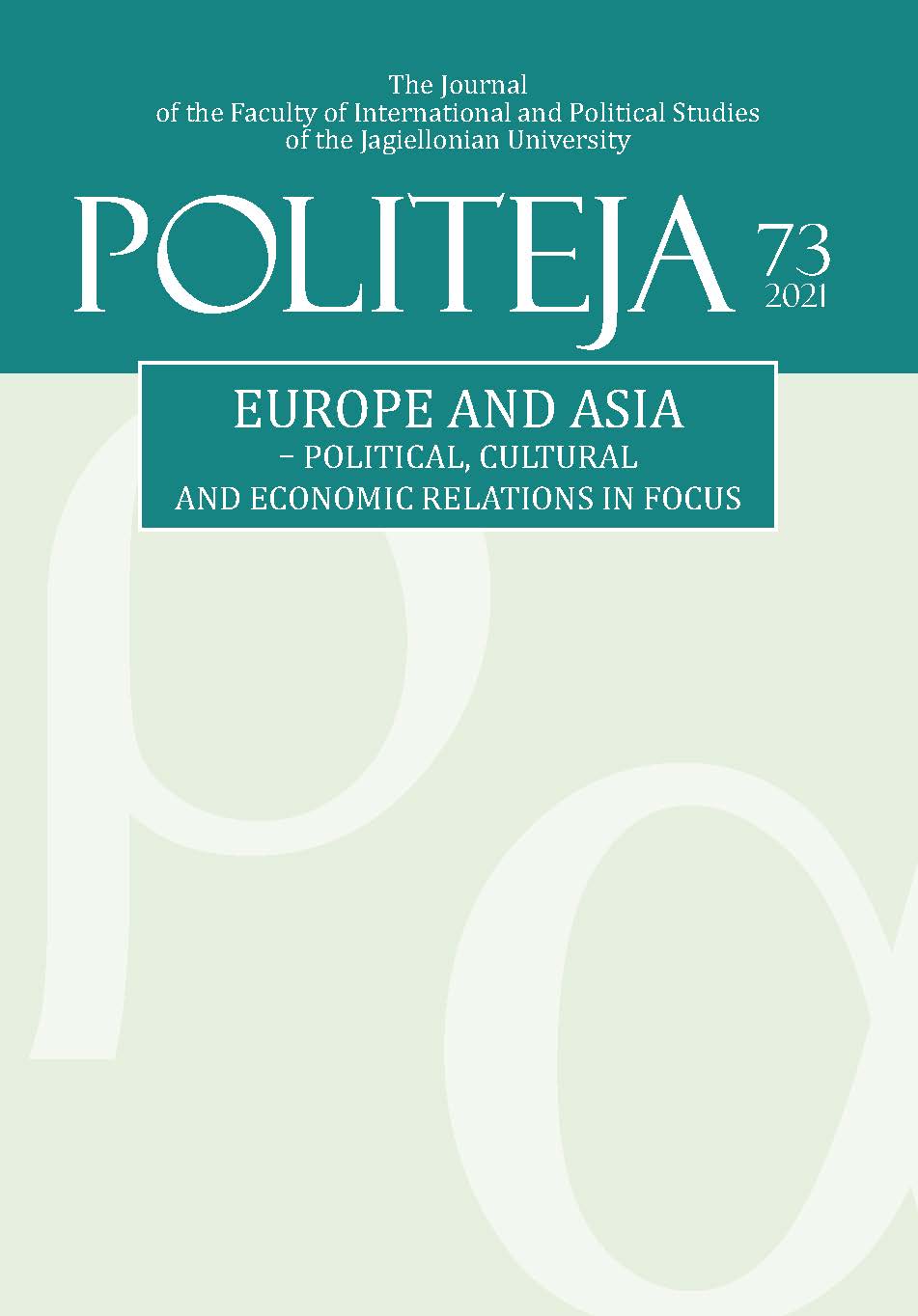EU Policy in Central Asia
EU Policy in Central Asia
An Externally Constructed Regionalism
Author(s): Kamen VelichkovSubject(s): Politics / Political Sciences, Politics, Geopolitics
Published by: KSIĘGARNIA AKADEMICKA Sp. z o.o.
Keywords: EU;foreign policy;regionalism;Central Asia;regional approaches
Summary/Abstract: Geography and a preference for regional approaches have an impact on EU foreign policy. From the EU perspective, the countries of Central Asia are classified as “neighbors of EU neighbors.” The EU’s policies assume the existence of strong centripetal forces in the Eurasian heartland, whereas in fact the regionalization is still in the initial stages there. Consequently, EU foreign policy in Central Asia pursues both structural and relational objectives. The specific goals and performance of EU member states add a two-tier dimension to this process. In parallel with other external actors such as Japan, the United States, South Korea, and India, the European Union conducts its dialogue and cooperation with the Central Asian states in a 5+1 format. Compared to the policies of China, Turkey, or Russia, the EU has much more limited influence. It primarily aims to support the independent development of the Central Asian countries, for which some degree of regionalization appears to be a prerequisite.
Journal: Politeja - Pismo Wydziału Studiów Międzynarodowych i Politycznych Uniwersytetu Jagiellońskiego
- Issue Year: 18/2021
- Issue No: 73
- Page Range: 29-52
- Page Count: 24
- Language: English

